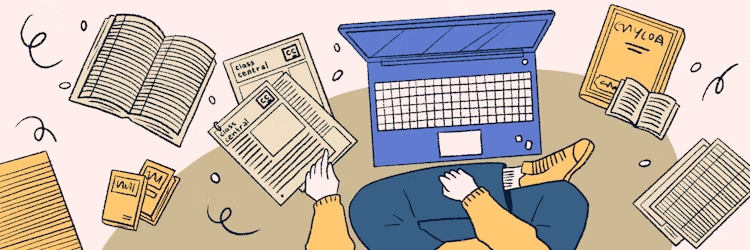Get up and running with Blender 3.3, a powerful open-source tool for 2D and 3D modeling, animation, game making, compositing, and post-production.
Overview
Syllabus
Introduction
- Introducing Blender 3.3 for beginners
- How to install and things to know
- How to use the exercise files
- First steps, navigating the interface
- Menus, search, and shortcuts
- Create your first objects
- Modifying objects
- Arrange your Blender scene and add materials
- Add lights and render your scene
- Challenge: Add more objects
- Solution: Add more objects
- Overview of character creation tools
- Creating concepts with Grease Pencil
- Create your first sculpture
- 3D modeling in Blender
- Turning logos into 3D models
- Create a landscape with Geometry Nodes
- Challenge: Put your lunar scene together
- Solution: Put your lunar scene together
- Overview of texturing
- Creating your first materials in Blender
- Advanced Shader Editor workflow
- Unwrapping
- Texture painting in Blender
- Sculpture painting in Blender
- Challenge: Paint your astronaut
- Solution: Paint your astronaut
- Overview of animation
- Preparing your objects for animation
- Using Rigify to create 3D characters
- Refining Rigify with weight painting
- Set your first keyframe
- Blender character animation tools
- Challenge: Animate your astronaut
- Solution: Animate your astronaut
- Overview of visual effects in Blender
- Creating cloth in Blender
- Rigid
- Having fun with fluids sims
- Turning up the heat with fire sims
- Become a barber with the new Hair system
- Challenge: Add an effect
- Solution: Add an effect
- Collections, scenes, and view layers
- BlenderKit for scene assembly
- Refining lighting in Blender
- Rendering with EEVEE
- Rendering with cycles
- Render output and compositing in Blender
- Challenge: Render your first animation
- Solution: Render your first animation
- Linking and Library Overrides
- Track footage in Blender
- Unreal Engine workflows for Blender
- Next steps
Taught by
David Andrade



